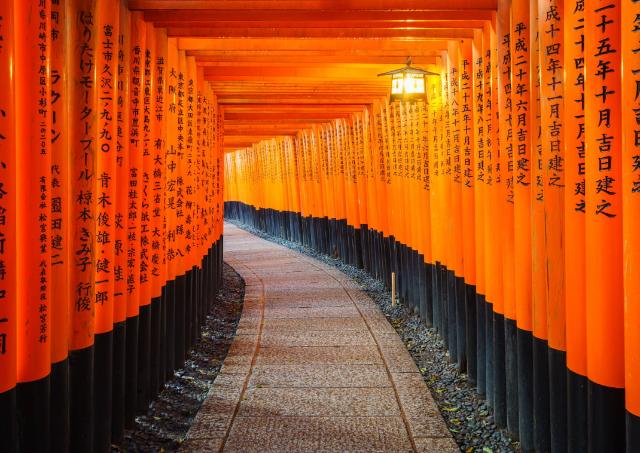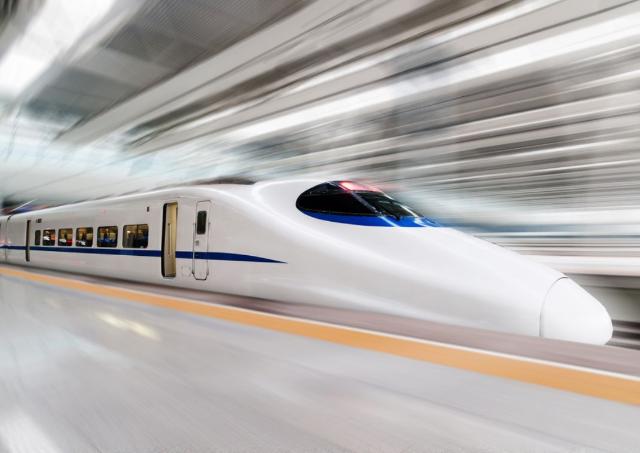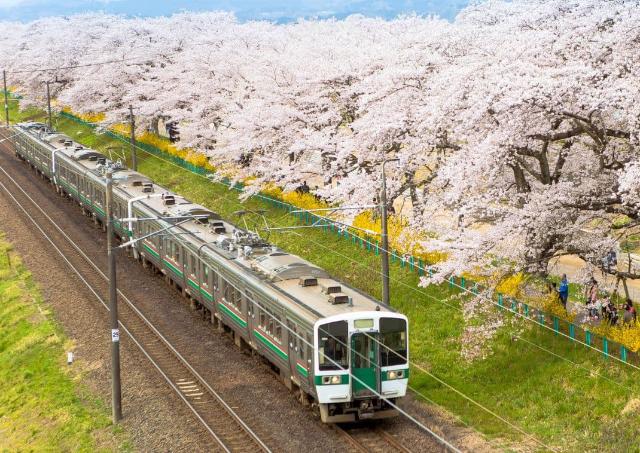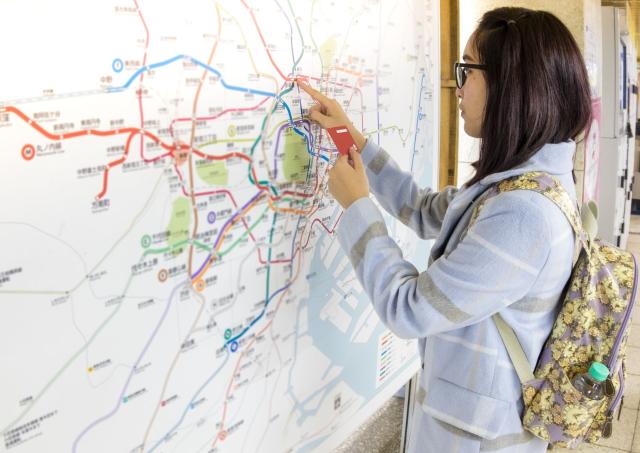Everything You Need to Know About Japan’s Shinkansen Bullet Trains
If you’re thinking of visiting multiple cities on your trip to Japan, without a doubt, the bullet train is one of the easiest ways to get around. But it can be a bit confusing using it for the first time, so here is everything you need to know to make your journey as smooth as possible.
Japan’s main islands of Honshu, Kyushu, and Hokkaido are connected by high-speed trains called bullet trains or Shinkansen. “Shinkansen” literally means “new trunk line”, and was originally created to connect distant regions to Tokyo. But now, the lines have spread all throughout Japan, with more planned for the future.
The Shinkansen can go at speeds of up to 320km/h and have a very low carbon footprint per passenger in comparison to other modes of transport. They’re fast, reliable, and comfortable, and often give you great views of Japan as you zoom past towns and countryside scenes, so what’s not to love?
Where Does the Shinkansen Go?
Of course, not all trains in Japan are bullet trains. Most Shinkansen run on tracks built especially for them, and there is a total of nine different lines ranging from Kyushu in the south to Hokkaido in the north.
You can get to most of Japan’s largest and most well-known cities by Shinkansen, such as Kyoto, Hiroshima, Fukuoka, and Hakodate. You currently can’t get as far as Sapporo, and there are no Shinkansen lines that run to Okinawa, which is separated by the sea.
Where to Get the Shinkansen
Because the Shinkansen trains have their own special lines, you cannot board them from just any station. You need to go to a station that the Shinkansen passes through. In Tokyo, the main stations to hop on the bullet train from are Tokyo Station, Ueno Station, and Shinagawa Station.
In other cities, there are usually some smaller stations as well as one large station to get the bullet train. There is usually a dedicated entrance to the Shinkansen, which is separate from the metro lines or JR lines, but the platform will usually be within the same station. If you can’t find the Shinkansen ticket barriers, look for a tourist information centre or ask any member of staff at the station for directions.
Different Types of Shinkansen
This next part is very important if you are on a tight schedule! There is not just one type of bullet train in Japan. Each line has its own variations which will get you to your destination faster or slower.
The trains themselves don’t go at different speeds, but they do stop at more or fewer stations along the way. This is useful for commuters from smaller towns but not useful for you when trying to get from Tokyo to Osaka, for example!
Each of the nine Shinkansen lines has its own name for these differing speed levels. For example, the most popular line, the Tokaido Shinkansen (which goes to Osaka and Kyoto), has the Nozomi, Hikari, and Kodama, with Nozomi being the fastest and Kodama being the slowest.
Make sure when you buy your ticket that you buy the right speed for you and that you get on the right train at the platform. It’s a common mistake to get on a slower train with a non-reserved seat ticket, but it’s easy to avoid if you know your train platform and exact departure time.
Bullet Train Seats, Classes, and Reservations
Most Shinkansen trains are separated into non-reserved and reserved seats, and the reserved seats are further separated into regular or premium seating.
Usually, the premium seating option is called the “Green Car” and has larger, more comfortable seats with more legroom. Some lines even offer another step up, called “Gran Class”, which is the best of the best, and has more space, comfort, and amenities than Green Cars.
In the regular class, seats are separated into non-reserved and reserved seats. Reserved seats can be booked up to a month in advance for a few hundred extra yen (a few euros) and guarantee you a seat at busy times.
Each type of carriage is marked in English and Japanese on the outside by the carriage door. Your ticket will also say which carriage and seat to go to.
Is It Necessary to Reserve Seats on a Bullet Train? How Do You Reserve?
Booking a seat on a bullet train guarantees you a seat for the entirety of your journey. If you buy a ticket with no seat reservation and get on a busy train, there is a chance you will have to stand and may not have space for your luggage.
Not all trains will be busy, especially in off-peak hours or months, but reserving a seat gives you peace of mind for your journey and lets you sit with your group.
You can reserve seats at ticket offices and ticket machines at relevant stations or online. The online systems are usually in Japanese and can involve confusing ticket pick-up systems, so if you are concerned, it may be easier to buy them at a Shinkansen station, as this can also be done in advance.
When buying tickets for the Shinkansen, you’ll be given a base fare ticket and a supplement ticket with your seat number on it.
How to Use the Shinkansen
Once you’ve bought your ticket, make sure you allow at least 15 minutes to get to your platform, as some stations are large, and you may not immediately find the Shinkansen area.
Once you have found the signs for the Shinkansen, you will normally have to go through two sets of ticket barriers. At the first set, put only your base fare ticket into the slot (the ticket without the carriage or seat number), and it will be returned to you. In the second set, put both the base fare ticket and the supplement ticket into the slot at the same time. These will be returned to you.
Check your platform on the announcement boards. At the platform, you can find your carriage number written on the floor or other signs, so you can wait in line at the correct entrance.
The train will usually arrive a few minutes before departure and will usually depart exactly on time, so make sure not to arrive late. Once on, look for your seat number, which is similar to seats on a plane, with a letter and number.
Luggage Storage and Other Services on the Shinkansen
Japan’s bullet trains are more comfortable and spacious than regular local trains elsewhere in the country and usually feature extra amenities to make the long journeys more enjoyable.
Passengers are allowed up to two pieces of luggage, and there is usually a space near the doors where you can place large suitcases. There is also space overhead which can fit large backpacks or small suitcases. If you have oversized luggage (height, width, and depth add up to more than 160cm), you must make a seat reservation in the last row of seats, or you will be charged extra.
Many bullet trains will have a small food cart service with snacks and drinks. They also have bathrooms in designated carriages, and most have free Wi-Fi services. The spacious seating and pull-down tables make it easy to get some work done on a small laptop or to have a packed lunch.
Hopefully we’ve now prepared you with everything you need to know about Japan’s bullet trains, and you’re ready to explore the country! If you want to learn about some beautiful spots to visit by Shinkansen, take a look at this article, or have a look around our blog for more information about travelling to Japan.




